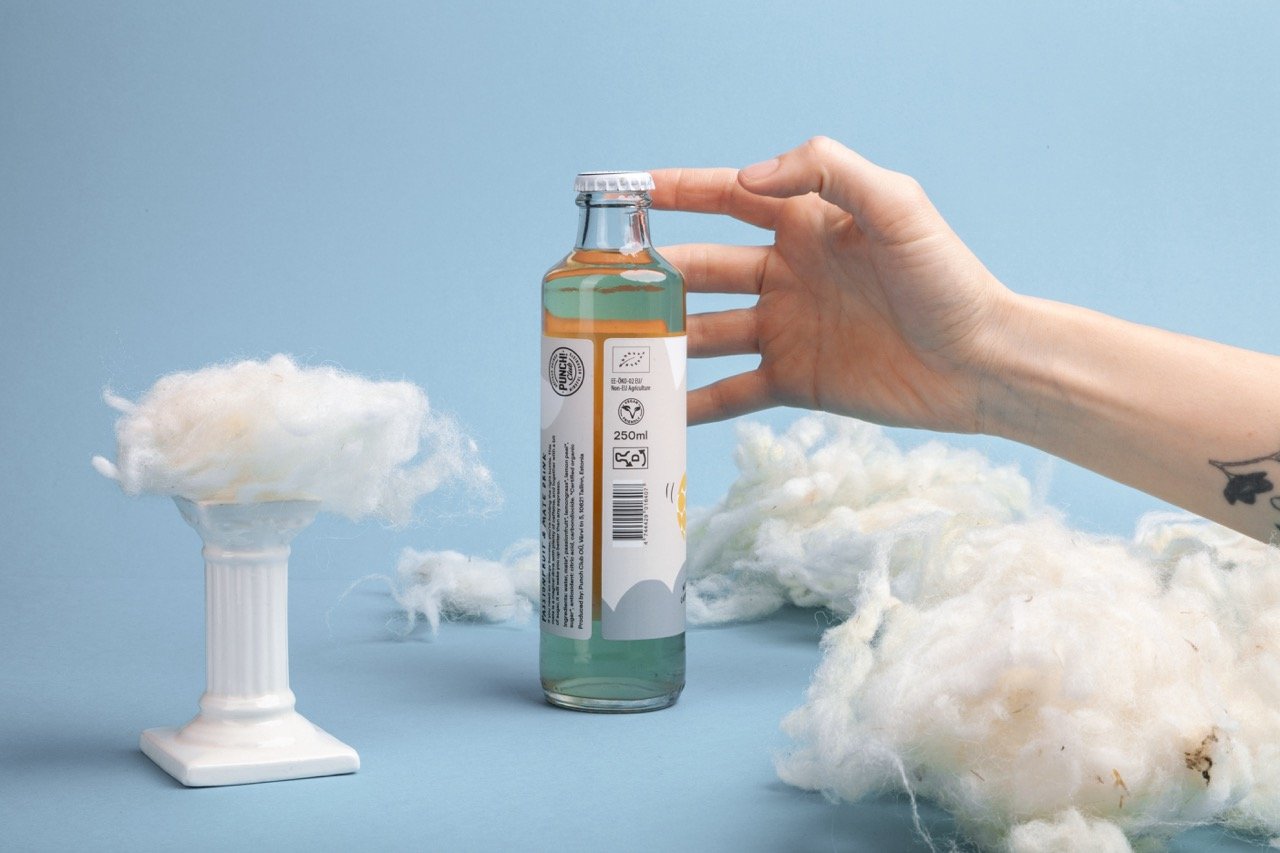Reusable packaging: examples, benefits, and innovations
Reusable packaging is having its moment—and it’s about time. As we face mounting environmental challenges, this practical alternative to single-use materials is proving to be more than just a buzzword.
So, if you’re curious about how reusable packaging is changing the way we think about materials, waste, and logistics – you’re in the right place.
Let’s dive into the what, why, and how of reusable packaging, explore its real-world applications, and highlight innovations that could reshape industries.
What is reusable packaging anyway?
Reusable packaging refers to containers, crates, pallets, or other packing materials designed to be used multiple times rather than tossed after one use.
Think durable materials like glass, metal, or even wool that can handle the wear and tear of repeated cycles.
While the concept of reusable packaging isn’t exactly new—remember the classic milkman model?—its importance has skyrocketed as we try to curb waste and rethink our relationship with resources.
Key traits of reusable packaging:
Durability: It’s built to last. In other words, reusable packaging is designed to withstand repeated use, transportation, and handling. This durability is crucial for ensuring that the packaging can withstand the rigors of multiple use cycles without degrading or compromising product quality and safety.
Cleanability: Easily cleaned and sanitized between uses, this feature is essential for maintaining hygiene standards, especially in food and beverage applications. Effective cleaning processes ensure that reusable packaging can be safely used multiple times without risk of contamination.
Stackability: Often designed to be stackable or nestable for efficient storage and transport, this characteristic helps optimize space utilization in warehouses and during transportation. Stackable designs can significantly reduce the volume of empty packaging, leading to more efficient logistics operations.
Compatibility: Engineered to work with automated systems and existing supply chains, reusable packaging is designed to integrate into current operational processes seamlessly. This compatibility ensures that businesses can adopt reusable packaging without significant investments or changes.
Benefits of reusable packaging
Environmental benefits
Waste reduction: Reusable packaging can reduce solid waste by up to 86% compared to single-use alternatives. A significant reduction in waste generation helps alleviate the burden on landfills and reduces the overall environmental impact of packaging materials.
Lower carbon emissions: It can lower CO2 emissions by up to 60% due to the decreased need for recycling and remanufacturing single-use packaging. A study by McKinsey highlights that reusable packaging solutions have the potential to significantly cut greenhouse gas emissions across various industries.
Resource conservation: Reusable packaging systems contribute to conserving valuable natural resources by extending the lifespan of existing packaging materials. This reduced demand for raw materials helps preserve ecosystems and reduces the environmental impact of resource extraction-
Economic benefits
Cost savings: While initial investment may be higher, businesses can save significantly over time by reducing costs associated with purchasing new packaging and waste disposal. The long-term financial benefits of reusable packaging can be substantial, especially for businesses with high packaging volumes.
Improved supply chain efficiency: Standardized reusable packaging can streamline logistics processes and minimize handling errors.
Enhanced brand reputation: Reusable packaging can boost your brand’s reputation and loyalty among impact-conscious customers. In an era where sustainable packaging statistics show growing consumer preference for sustainability, adopting reusable packaging can be a significant brand differentiator.
In many countries in Europe, bottles marked with specific deposit-return symbols can be returned for a small “cashback” or shop credit. This is one of the most successful real-life examples of reusable packaging.
Real-world examples of reusable packaging
Food and beverage industry
Deposit-return systems for bottles: Probably the most successful example of reusable packaging, container-deposit schemes are widely used for bottles and cans in Europe. People can return their bottles and receive a small amount of money that’s included in the purchase price. These are generally very successful in practice, with return rates commonly reaching up to 90% or more.
Reusable crates for produce: Durable crates made of sturdy materials like wood are often used to transport fresh fruits and vegetables. These crates can be easily cleaned and reused multiple times, reducing the need for disposable cardboard boxes.
Refillable beverage kegs: Stainless steel kegs are used for beer and other beverages. These kegs can be returned to the supplier, cleaned, and refilled many times, significantly reducing packaging waste in the beverage industry.
Ecommerce and retail sector
Reusable shopping bags: Durable fabric or recycled material bags are commonly used instead of single-use plastic bags. Many retailers now offer or encourage using these bags, which can be used hundreds of times before needing replacement.
Reusable ecommerce mailers: It started with double peel-and-seal envelopes and mailers that could be used twice, but now companies like Woola (yep, that’s us) are innovating in this space with sustainable materials that can be reused many times.
Packaging return programs: Systems where customers can return their packaging for reuse. These programs often incentivize customers to participate, using a deposit-return model, creating a closed-loop system that minimizes waste.
Manufacturing and industrial applications
Reusable pallets and containers: Robust and stackable solutions for transportation and storage of goods. These are made from durable materials and are designed to withstand heavy loads and frequent handling.
Collapsible and stackable bulk containers: These containers can be collapsed when empty to save space during return transport. They are often used in industries handling large volumes of goods.
Returnable packaging systems: Closed-loop systems where packaging circulates between supplier and manufacturer. These systems are particularly effective in industries with consistent, high-volume shipments between fixed locations.
Moving companies and businesses offering professional packing services increasingly adopt reusable packaging solutions, showcasing their commitment to sustainability.
Innovation spotlight: new ideas in reusable packaging
Single-use packaging has long been the standard. However, the shift to reusable packaging offers opportunities for entrepreneurs to innovate. Here are some examples of novel ideas:
Edible packaging: The best packaging is no packaging, and edible packaging might be the second-best option. Several innovative companies offer edible alternatives to traditional packaging materials, from seaweed-based films to edible coatings.
Smart and trackable packaging: Integration of technologies like RFID tags for real-time tracking and monitoring of packaging assets. This innovation helps businesses manage their reusable packaging inventory more effectively and reduces loss.
Innovative materials: Exploration of new sustainable packaging materials that are renewable, compostable, or upcycled.
Challenges and how to overcome them
No good thing comes without a few hurdles, and reusable packaging is no exception. Here are some challenges businesses might face and how to overcome them:
Higher initial costs: Reusable systems require an upfront investment in materials and processes. However, you can consider spreading out the costs. Treat it as a long-term investment—your wallet (and the environment) will thank you.
Consumer behavior: It can be tricky to get customers to return or reuse packaging. Creating user-friendly return programs or incentives can help nudge customers in the right direction.
Logistics: The supply chain of single-use packaging is linear. If that’s what you’re used to, figuring out a circular system can be a challenge. However, if you find the right partners, everything is possible.
Conclusion: the future is reusable
As industries shift toward a circular economy, reusable packaging is taking its well-deserved spot at center stage. It’s not just a way to reduce waste—it’s a catalyst for smarter, more sustainable business practices. From innovative designs to high-tech tracking, the future of packaging is as exciting as it is sustainable.
So, whether you’re a small business testing the waters or an industry leader paving the way, reusable packaging offers a chance to do lower your impact. Curious where to start? Look into sustainable options like Woola’s wool-based packaging or explore returnable systems that align with your operations.



